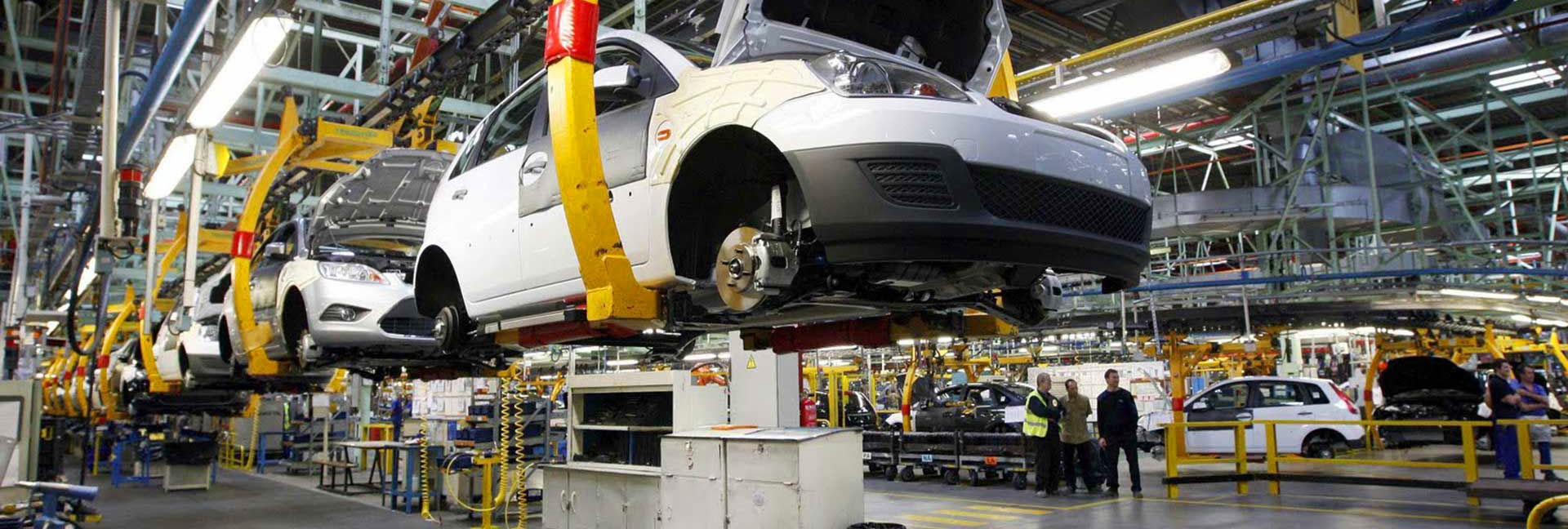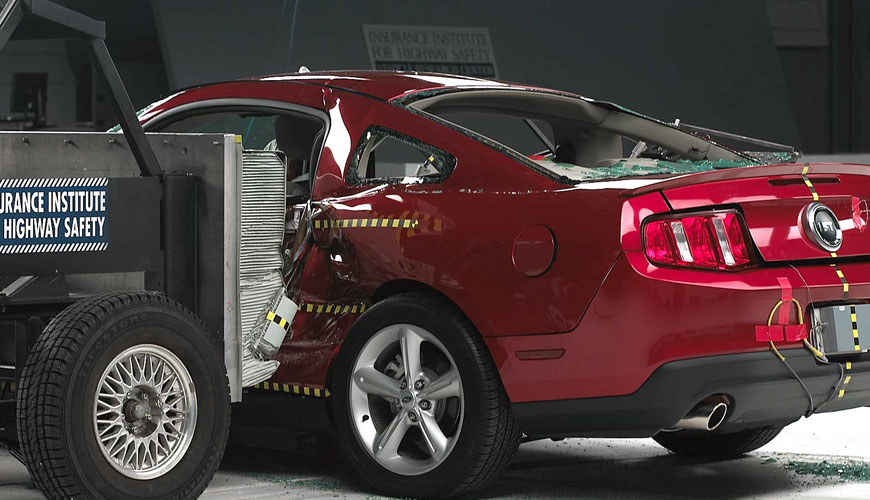

Automotive accidents are responsible for approximately 41.471 deaths and 3.2 million injuries annually. The average annual incidence of two-way light vehicles is about 4.6 million, including about 3 million passengers. About 600.000 people are involved in side collisions, which expose 920.000 passengers to such accidents and amount to about 11.300 annually.

The US dynamic side impact requirement FMVSS 214 is used to evaluate the performance of passenger vehicles in inter-car side collisions. The standard was introduced in stages in 1994 and was applicable to all cars in 1997. It simulates a side-to-car crash from a moving car, where the crashed car is stationary and the bumper car is represented by a deformable barrier.
The test configuration specified by the National Highway Traffic Safety Administration (NHTSA) is shown in figure 1. The MDB is retracted to its longitudinal axis at a crab angle of 27. This configuration aims to simulate a striking general vehicle traveling at 48,4 km/h, perpendicular to the side of the crashed vehicle traveling at 24,2 km/h. The crab-angle configuration allows simulation of a two-vehicle side impact, both in motion, using a simplified test method where only one vehicle is in motion.
Our EUROLAB testers provide a range of technical advice, certification and testing to help you achieve FMVSS compliance to ensure you can access the US automotive market. You can contact our laboratory for all FMVSS and FMVSS 214 test standards.
To get an appointment, to get more detailed information or to request an evaluation, you can ask us to fill in our form and reach you.